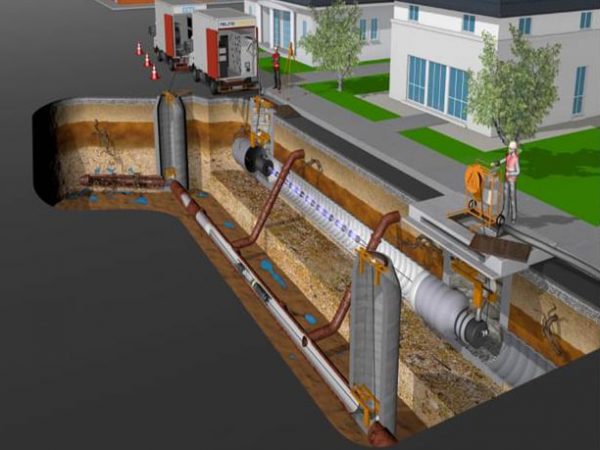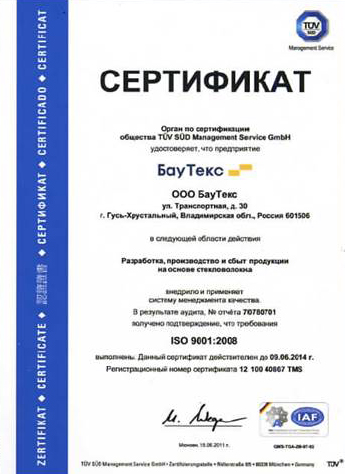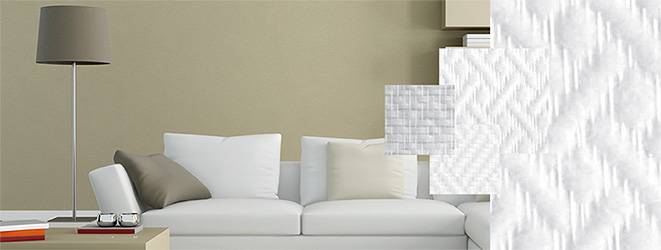Технология CIPP
Технология CIPP (cured-in-place pipe) – восстановление трубы на месте.
Самый эффективный бестраншейный метод, используемый для ремонта существующего трубопровода. Применяется для диаметра труб 200 — 1 600 мм. Наиболее распространен в мире среди бестраншейных технологий. Используется для ремонта труб водоснабжения, водоотведения, газовых, тепловых, нефтехимических магистралей
Ежегодно в мире бестраншейным методом ремонтируется 30 000 км трубопроводов. Лидер отрасли – США. В Германии бестраншейным методом ремонтируется 1 500 км труб ежегодно. CIPP (cured-in-place) используется в США на протяжении последних 35 лет. В Европе — на протяжении 20 лет. В России метод получил распространение в последние 10 лет

- Бестраншейный метод ремонта труб осуществляется без повреждений поверхностей сетей, дорог, коммуникаций и конструкций что сводит к минимуму неудобства при ремонте
- Метод позволяет ремонтировать трубы, пролегающие в труднодоступных местах (под зданиями, дорогами и т.д.), являясь альтернативой более дорогой и долговременной прокладкой труб в обход препятствия
- Долговечность до 100 лет
- Высочайшая устойчивость трубы к коррозии
- Минимальные потери диаметра трубы после ремонта компенсируются низким трением, у трубы улучшается пропускная способность
1. Определяется участок ремонта
2. Участок на время проведения работ выводится из эксплуатации с помощью заглушек
3. Устанавливается станция по перекачке жидкости Жидкость пускается в обход отсеченного участка
4. Осуществляется гидродинамическая промывка трубы
5. Телеинспекция и определение дефектов
6. Принимается решение о методе ремонта
7. Пропитанный смолой рукав из комплексного материала протягивается в поврежденную трубу через точку доступа (люк колодца)
8. Устанавливаются металлические ремонтные пакеры
9. Проводится калибровка рукава в трубе под давлением
10. В трубу вводится ультрафиолетовый излучатель (гирлянда) и вновь ставится заглушка
11. Излучатель проходит по всей длине трубы, происходит процесс отверждения
12. Снимаются пакеры и обрезаются концы рукава
13. Проводится герметизация стыков
14. Проводится повторная телеинспекция для проверки качества работ
15. Снимаются пневмозаглушки, убирается станция перекачки жидкости и участок запускается в эксплуатацию
16. Видео-отчет с результатами работы передается клиенту
- Исходные условия для испытания стеклопластикового рукава, временной интервал для определения долговременных свойств соответствуют требованиям стандарта — ГОСТ Р ИСО 10467-2013
- Все поставляемые для выполнения работ материалы, конструкции и оборудование соответствуют требованиям ГОСТов, ТУ и имеют соответствующие сертификаты, технические паспорта и другие документы, удостоверяющие их качество
- Качество работ, в обязательном порядке соответствует действующему законодательству, в том числе:
- Градостроительному кодексу Российской Федерации
- СНиП 2.04.03-85 Канализация. Наружные сети и сооружения
- СП 40-102-2000
- ГОСТ Р ИСО 10467-2013
- Исходные условия для испытания стеклопластикового рукава, временной интервал для определения долговременных свойств соответствуют требованиям стандартов:
- ГОСТ Р ИСО 10467-2013
- ГОСТ Р 55071-2012
- ГОСТ 4648-2014
- ГОСТ 32652-2014
- DIN EN ISO 1183-2




